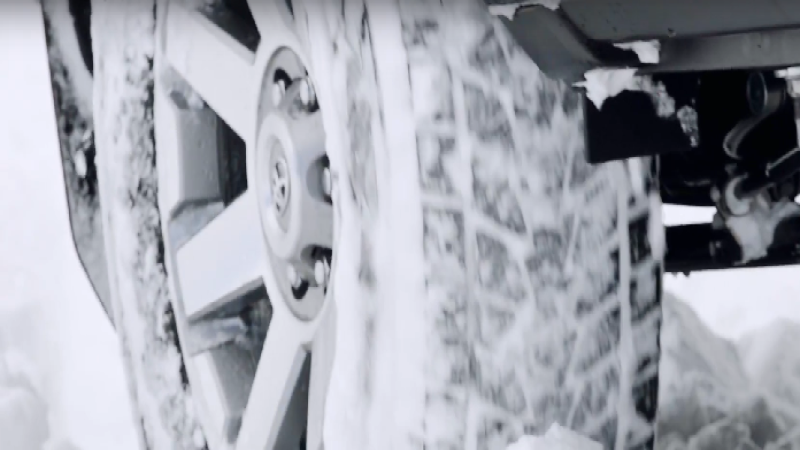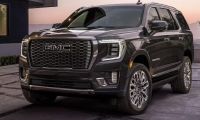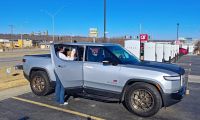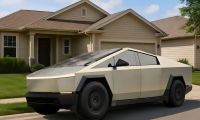Many people are frustrated to learn during a first winter that their vehicle is not great in snow. Even some all-wheel drive (AWD) vehicles can be poor in snowy conditions. The good news is that almost every car can be transformed into a decent winter vehicle. The solution starts with tires, but there is more to know.
Winter Driving - Snow Mode
Before we start with making changes to your vehicle, let's first be sure you are not missing an important and helpful feature many new cars are equipped with - snow mode. Look at your owner's manual or simply Google your model and the term "snow mode" to see if yours has it. Many popular cars like the Toyota Highlander and 2018 Honda Accord have this feature. A snow mode typically adjusts the engine throttle and transmission to launch your car with reduced torque and power. This helps manage wheelspin. Some AWD vehicles also change the system's settings to equally distribute the power to all four wheels. This mode is sometimes shown on an AWD vehicle as "AWD Lock." Read up on how your specific vehicle's winter mode works and put it to use. The difference can be surprising.
Related Story: Why Toyotas make such great winter beaters
AWD Is Just Helpful Sometimes
All-wheel drive is not helpful when turning or braking in snow in normal driving. Sure, AWD will help you get moving, but it can be almost no help at all when its time to stop and turn. Modern cars advertise AWD as if it will help you maneuver. Based on our testing, this is mostly hype.
Winter Tires - Why They Cost You Nothing
Modern winter tires are amazing. They combine new rubber compounds, new tread designs, and different tire shapes to enable your car to grip the snow, not just pound through it. Snow on snow has more friction than rubber on frozen wet pavement, so modern snow tires have sipes, small slits, that will hold snow on the tire at low speeds to enable you to have amazing traction. At higher speeds, a slightly narrower tread pattern and wider tread blocks allow you to contact the road better. On ice and cold wet pavement, the new compounds have silica, a component of sand, in the rubber to help increase your grip.
Tire Rack and similar on-line tire retailers are great resources for tire information and can help you make a selection. Educate yourself at the websites and then shop locally, or speak to a trusted tire retailer you already know. When it's time to bite the bullet and buy new winter tires remembering one key fact may help take the sting out of that purchase. Every mile you put on your winter tires is one less on your 3-season tires. Other than mounting and balancing, snow tires are basically free.
Note: Torque News received no direct revenue or payments from the brands or companies mentioned in this story.












